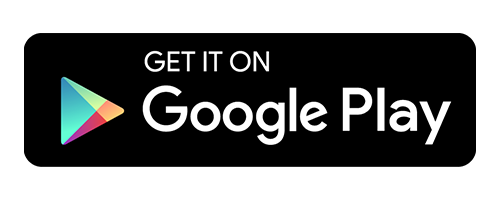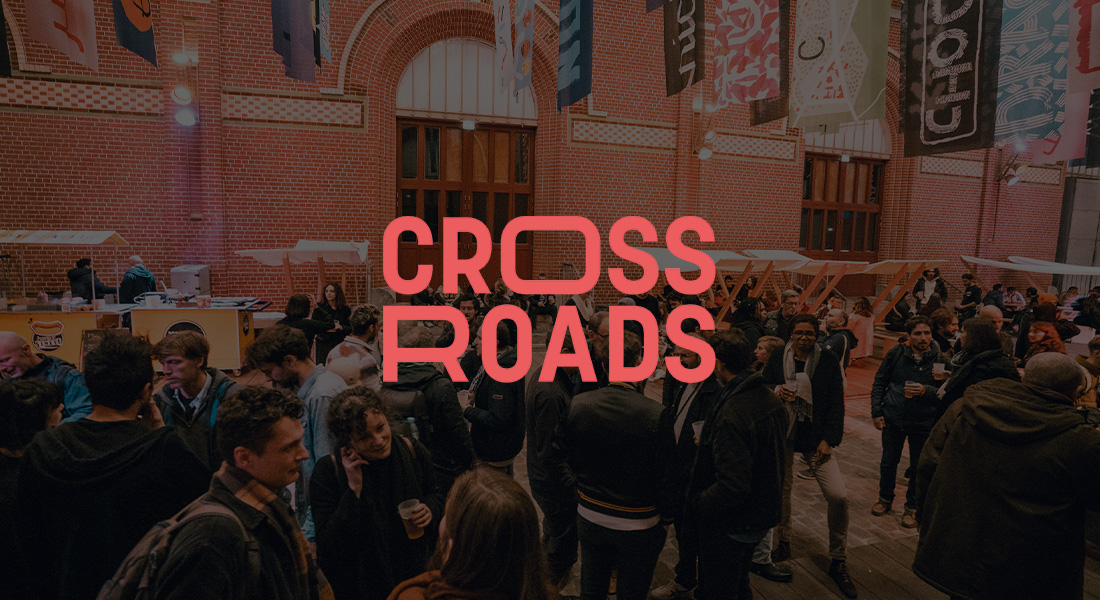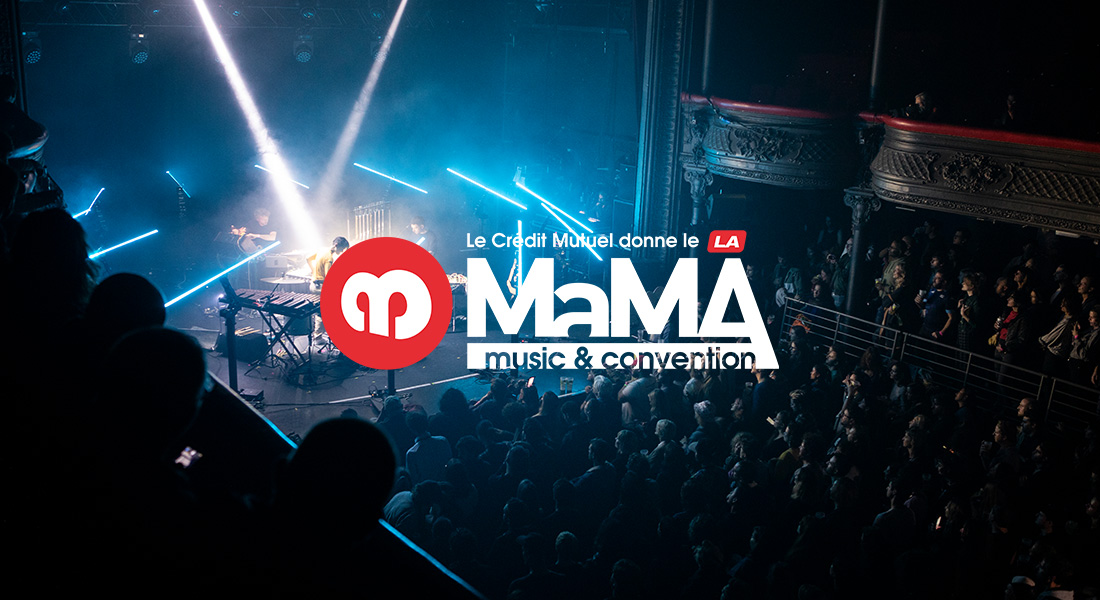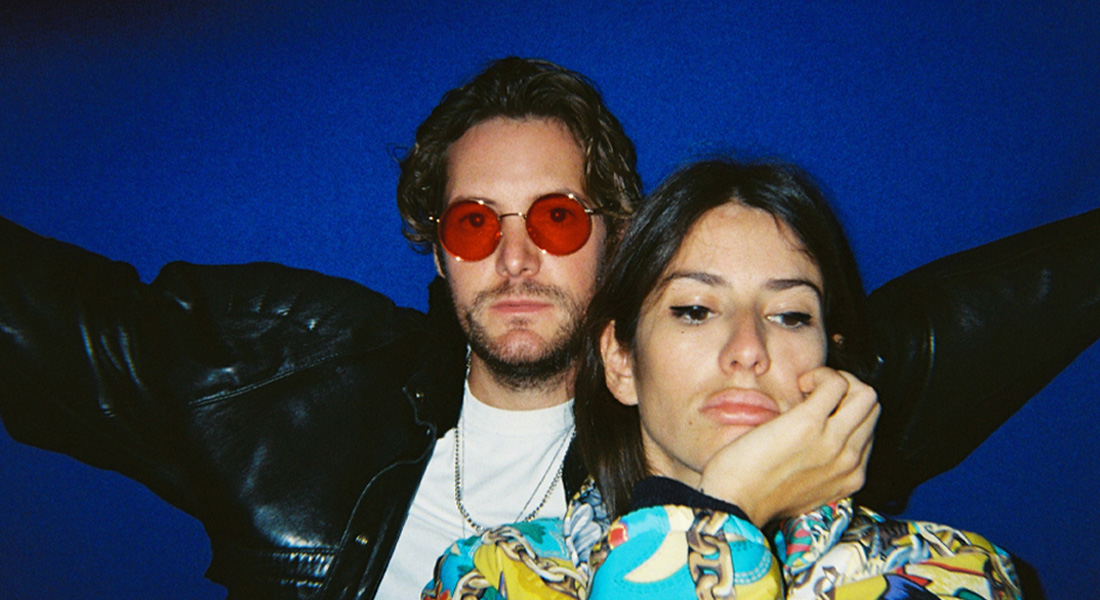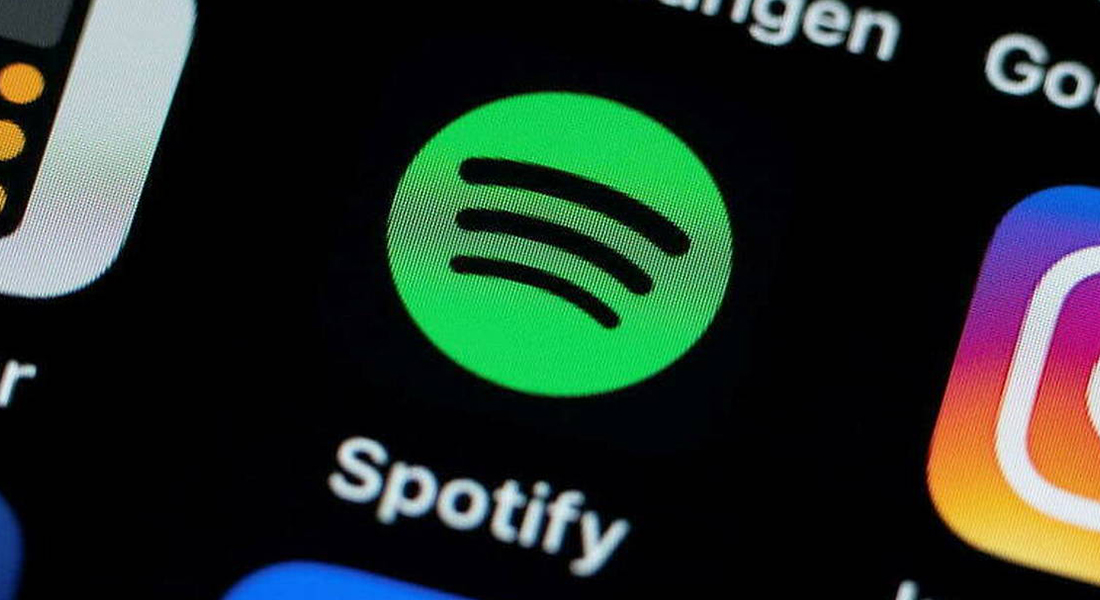It’s a fact : NFTs are popular amongst lots of people within the music industry – the French music NFT marketplace Pianity, whom we interviewed a few days ago, has just raised 6.5 million euros, which proves that NFTs are getting more and more attention at least on the French territory. That being said, there are still a lot of uncertainties and a lack of understanding around these digital objects ; certain issues regarding the very technology behind NFT emissions are even clashing with some fundamental rights of musicians & artists, causing a massive amount of backlash online and in the media.
How do NFTs take place in the music industry today ? How are they perceived by the latter, as well as by potential buyers ? And what are the problems that the blockchain and the music industry is trying to solve ?
To try & answer these questions, we have asked some artists around us some questions, and it turns out that their opinions are extremely diverse, not to say divided. We of course had to showcase them in our report series !
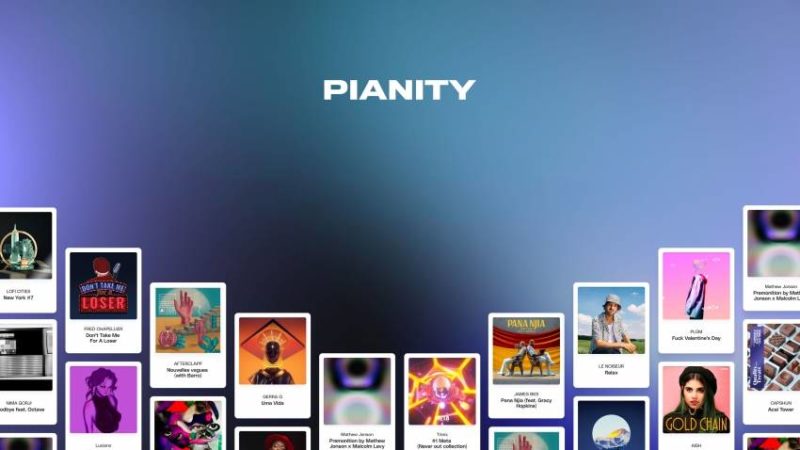
– Pianity, the French music NFT marketplace. Read their interview here.
NFTs : another way for artists to market their art and make a living off of it ?
Are NFTs a more secure source of income in the music industry for artists today ?
For many artists, NFTs are a safer way to get paid for their work and their art than getting streams on Spotify, for example, which, as a reminder, only allows artists to earn less than a cent per stream, even on the most profitable platforms, such as Apple Music or even Tidal.
This is why NFTs are also a way for many independent artists to involve their community around their musical projects and even monetize their fanbase – it is said to be even more effective than selling merch, which costs a lot to produce in the first place. NFTs can be produced at a lower cost ; they make for a more secure source of income, especially since some NFT marketplaces allow artists to get paid even after their first NFT sale : on Pianity, when an NFT is being sold on their secondary market, artists earn 8% of the sale, which is not something you’ll earn when your CDs are being sold on the second-hand market, for example.
Thérèse, who has minted her first NFTs on Pianity – a drop that consisted of 11 NFTs of a limited edition of one of her tracks – gave us her feedback on this subject.
“I think the blockchain technology allows independent artists to be able to raise funds where they would normally have difficulties doing so. I’m going to take my own example here : I have a musical project that has not been supported by any support system. I was one of the finalists of the Ricard Live, but it led to no financial aid like for the FAIR, or a long-term support like the Chantier des Francos or the Inouïs du Printemps de Bourges. I do not wish to sign with a major for artistic, political and many other reasons. So I find myself being an independent artist, with few financial means, and it’s true that NFTs allowed me in a fairly short amount of time to fund my own project. NFTs buyers are like investors to me, people who decide to invest money into your project. And it’s a purchase that will allow them to even make a profit off my work when they decide to resell their NFTs. But, in the meantime, in three days, I was able to earn money, and this money will support my project. It made me feel good ! And it makes me feel good when I tell myself that artists who try to do & say something a little different that the masses, that try to think outside the box, have ways like this to get paid and keep doing what they’re doing.” – Thérèse
NFTs : a way to get artists & their fans closer together.
De la même manière que le merchandising ou la vente de CDs permettent de rapprocher les fans de leurs artistes et vice versa, les NFTs suivent cette même logique communautaire… en allant peut-être même encore plus loin. Le NFT est un moyen de rattacher non seulement un objet digital – une version inédite d’une oeuvre, par exemple – à un token sur la blockchain, mais également d’autres avantages parfois non négligeables, comme des places de concerts à vie ou encore une part des droits masters, ces fameux droits liés à l’enregistrement de l’oeuvre qui génèrent des revenus lorsqu’un enregistrement est joué, que ce soit en stream, à la radio ou encore à la télé. Ces droits, grâce à la technologie blockchain et aux NFTs – qui sont des “smart contracts”, des titres de propriété qui permettent de retracer la propriété d’un objet sur le web – peuvent être partagés entre les artistes et les fans qui achètent les NFTs. Plus communautaire, on ne peut pas : l’exemple de Jacques le prouve.
Selling merch’ or CDs bring fans closer to their artists, and so does NFT sales… and it may go even further than that, since there is an inherent sense of community engagement that comes with NFT sales. An NFT is a way to link not only to a digital object – an alternative version of a pre-existing track, for example – to a token on the blockchain, but also to some other significant advantages, such as concert tickets for a lifetime, or even a share of the master rights, aka the rights which allow you to earn royalties whenever the version of the track you own is being streamed, or broadcasted on the radio or on TV. These rights, thanks to the blockchain technology and NFTs – which are “smart contracts” that make it possible to know who the owner of a digital file on the blockchain is – can be shared between artists and fans who buy them. Being part of a community never made more sense : Jacques, a French electronic musician, did so recently.
Read about Jacques’ NFT sale : Jacques is back with a dissected track sold as an NFT !
That being said, such practice is very controversial, especially amongst artists, fans but also music professionals because of its lack of legal regulation and also its lack of compatibility with the way royalties and music rights are being distributed today.
Although companies like Bluebox are trying to find ways to implement the blockchain technology and change the way rights are being redistributed, a major problem persists : the lack of regulation and laws regarding the NFTs that are being minted on the blockchain, and, most importantly, with the impossibility to delete what has been issued on the blockchain. This is why NFTs, as innovative as they are, aren’t sustainable as is.
NFTs : are they actually profitable for all artists, or only a happy few ?
It’s pretty clear : NFTs are controversial. They have undeniable advantages, as we stated above, but their harmful effects both on copyright infringements and on the environment have struck more than one debate within the music industry, and for good reason.
Moral rights & artistic income : copyright infringements issues & the blockchain technology.
Moral rights correspond to the rights that allow an artist to dispose of their work the way they intend for it to be displayed. If their work is not exploited as they believe it should be, the artist has the right to withdraw their work from the market, for example. However, with the blockchain technology, this moral right is heavily compromised : indeed, any work that has been minted as an NFT on the blockchain cannot be deleted – the blockchain being a decentralized system, this would be like asking each individual on the planet to delete a specific photo from their hard drive, all at the same time, which is practically impossible. Anima explained to us very well the issues that are at hand :
“NFTs are not an artwork, but a token that links back to an artwork. So if someone wants to mint another artist’s work, nothing, no authority is there to stop them. Everyday, artists have their digital works stolen & minted on the blockchain under a name that is not theirs by people who are there to make profit behind their backs. It’s such a disturbing phenomenon that DeviantArt had to develop an AI to detect copies and plagiarisms. Without that, dozens of artists wouldn’t have realized that their works were simply stolen for other people to profit from it.”– Anima
What’s a little more disturbing is the lack of reaction & proper measures from the people behind these blockchain technologies :
“The websites that are having these NFTs being sold have not all had the same reaction, some have delisted them (without being able to remove them from the blockchain), others have simply never responded to the artists, have blocked them on Twitter, and completely denying these copyright infringements. In the music industry, recently, the HitPiece website even managed to have the RIAA (Recording Industry Association of America) coming for them after a massive scam that stole the music from a number of very well recognized artists and minted their tracks as NFTs. These scams are numerous, and it is almost impossible to backtrack when it happens. Indeed, even if the blockchain keeps track of all of the transactions, it is impossible to delete what is on it or ask for legal compensation. Since they do not fall under any national or international institution and are almost free of any form of legislation, the blockchain is kind of a ruthless financial wild west” – Anima
Fortunately, institutions such as Sacem in France – whose mission is to collect and distribute the income generated by the rights of authors and music publishers – are paying more and more attention to this new market, and NFT marketplaces, such as Pianity, are in touch with these institutions. We can therefore hope one day for some form legislation or regulation ; for now, NFTs fall under lots of grey areas legally speaking.
NFTs, blockchain & carbon footprint : an issue that is to be addressed.
Although all the issues mentioned above are the subject of daily debates, the environmental issue is probably one of the most important one to solve. The carbon footprint of the blockchain is so high that Ethereum has to compensate its environmental harm with what is called “gas fees”, meaning that each transaction on the ETH blockchain will come with additional fees, which can get quite expensive.
The environmental impact of a cryptocurrency is related to the number of transactions on its related blockchain and how much tokens are being exchanged. In short, the more a cryptocurrency is being sold and bought, or the more “coins” are circulating on the market, the more energy it will require to function. The environmental cost of a single NFT is therefore huge because not only the environmental impact of the currency which will be used to buy the NFT is already important, but minting the NFT itself also has an environmental cost… according to the New York Times, minting and selling an NFT – on a platform like Opensea, one of the leaders on the market – would have a carbon footprint equivalent to that of a car that has traveled 800 kilometers !
And artists know of the environmental impact of the NFTs that they create, or that others create on the blockchain. Anima explained it to us very well :
“For the environmental counterpart of NFTs, many will say ‘it’s almost settled’, ‘Ethereum will soon be sustainable’, without ever specifying when, especially given the number of new cryptos that are popping up every year. We need ‘farms’ of GPUs to “mine” crypto, which are needed for trading NFTs. And they require an insane amount of energy. With this video from Wired (https://www.youtube.com/watch?v=x9J0NdV0u9k) you’ll realize the monumental power that is necessary today to make this ecosystem work. And since crypto preachers can’t give a precise answer, we still do not know when the energy cost of crypto will come down to a minimum.”– Anima
The environmental impact of the blockchain is also doubled with a sense of accessibility ; the cost of an NFT is variable, since the market it is based on and cryptocurrencies themselves are see their market value dramatically change from day to day. It therefore becomes even more difficult to navigate this market, especially for the few people who would like to invest in these new objects but are not familiar with it yet. Artists are aware of this issue ; this is what Thérèse told us :
“There was no real critical opinion at the time when it comes to NFTs, I even found that people were much less critical than me about the “ethical” side of NFTs – namely the environmental question, and also economic, or speculation” – Thérèse
Artists are aware of the global and harmful impact that NFTs can have on the world, and the question of accessibility – which goes further than knowing what NFTs are about – is being asked more and more often among them.
NFTs & accessibility : the most difficult issue to tackle to this day ?
Although the media and online communities are talking about NFTs more and more often, many fans who follow their favorite artists still don’t know what NFTs are. When we talked with artists, and in particular with Thérèse, Fred Chapellier or even Pierre Callet, founder of the record label Get The Sound, the answer we got was often the same : their communities know little to nothing about them.
“Most of them didn’t know what NFTs were. But some people thought it was pretty cool that I got into it as well ! They were people who are fond of innovations, new technologies, that sort of thing. […] There is a tiny part of my audience that understands what it is about, and another not so much. So I tried to explain what it was and what I was doing as clearly as I could. And there are some for whom the blockchain technology is a very abstract thing.” – Thérèse
“I have to admit that I myself had never heard of NFTs until three months ago and it is the same for my audience. For now, they are having a hard time understanding what it really is. Once again, all of this is very new, it still needs to become familiar.”– Fred Chapellier
“It’s hard to say, but I think our audience is no more or less informed than some others on the subject of NFTs. We are coming to a point where the blockchain and the universe of NFTs are becoming more and more democratized. We need to be more educated about it and it’s a challenge, because many people hear about NFTs through social media for example, without really understanding what it is. So it’s always very complicated to assess the level of understanding of our audience and our community on the matter.” – Pierre Callet, Get The Sound
This lack of understanding – which we assume is global among music listeners, given the diversity of Thérèse, Fred Chapellier and Get The Sound’s respective audiences – makes the question of the accessibility of NFTs even more relevant. Even if we set aside the sheer difficulty that lies behind the purchase of an NFT – which requires a good understanding of how marketplaces platforms work, aka opening a wallet, trading currency for cryptocurrency before buying an NFT, etc – a lack of understanding still lies around their very nature. When you’ve realized how difficult it is to purchase an NFT, which are often sold for several hundreds, thousands if not tens of thousands of euros, it is difficult to know who actually buys the artists’ NFTs and if these buyers are actually fans of said artists… and the fact that Thérèse and Fred Chapellier’s NFTs haven’t even been sold to people they know of adds to that argument.
“I regularly check the notifications I receive as soon as a copy is sold and I’ve realized that for now, I know absolutely none of the buyers.” – Fred Chapellier
“I’m not sure who bought my NFTs, since they are not people I know of. I don’t think they’re people who follow me on Instagram, or on YouTube – I could be wrong – I think they are collectors, investors, who probably went to check my socials to make sure that I was popular and that their investment was worth it, basically.” – Thérèse
The lack of understanding around NFTs also lies in the fact that in order to buy them, you have to open what is called a “wallet”, which requires at least a bit of crypto knowledge. This is why some platforms, such as Pianity, are trying to democratize NFT trades, especially by allowing to buy NFTs with a credit card.
These initiatives are however quite rare ; will NFTs therefore, just like collector’s items sold for hundreds of thousands of dollars at auction, remain in the hands of a happy few and never truly belong to the fans ?
So let’s get this straight : are NFTs an actual revolution or a trend that will quickly fade away ?
Since artists are the first ones to be concerned by NFT trades, we have asked them the question directly. When we asked Thérèse about it, her answer was rather clear : NFTs are not a revolution, they are only but an addition to an already existing business model. Her opinion on the environmental impact is also optimistic :
“I think it’s great that NFTs are an available option for artists. I’m not the type of person to either cancel or praise a new market, or new sales techniques. I am someone who is rather pragmatic, optimistic, and a moderate liberal. I don’t and can’t judge. However, I wonder about my moral values, as an NFT creator. First, when it comes to my own environmental impact, since mining cryptocurrency requires superpowered machines that do daily calculations, I think the planet is suffering enough as it is. But I also tell myself that making crypto mining more available and accessible can also push companies to mine in a more environmental-friendly way. This is apparently the case of Arweave, the blockchain on which Pianity is based on, which is said to be 100x less energy-consuming and therefore less harmful than Ethereum. And then, I also think that the blockchain will be implemented in all creative industries around the world. We often ask ourselves the question of whether speculation should be extended to art, and I want to say that when you are part of an “industry” like the music industry or an “industry” of any other art, art is already a product of capitalism. So NFTs aren’t bringing anything new from that perspective ! But, the way crypto was built makes it so that everything is decentralized and that power is in the hands of everyone, not a few, which is a good thing for independent artists.” – Thérèse
On his end, Pierre Callet from Get The Sound is very optimistic and sees in NFTs a true revolution :
“The launch blockchain technology and everything that followed is set to revolutionize the music industry. Lots of projects are emerging every month – sometimes it’s hard to follow, but it’s super exciting. And independent artists are and will be the first ones to benefit from it in my opinion. Whether it is by the simple sale of NFTs, by the total reconstruction of the system at hand to redistribute royalties to their rightful owners, or even involving the artists’ audience in the equation, all aspects of the music industry are about to be affected by this “revolution”. I wouldn’t be surprised to see many traditional music companies & actors miss the mark and disappear in the years to come.” – Pierre Callet, Get The Sound
Anima, meanwhile, raises a strong point : the fact that it is already possible to financially support an artist without having to buy their NFTs, and therefore still support them financially & directly.
“There are many ways to “give power back to artists” and they already exist. Whether it be donations, sharing an artist’s work on socials, attending live shows, buying their merch and others. NFTs do not benefit artists, they only replicate a system that is already in place where a happy few reap most of the profits & wealth isn’t redistributed correctly and effectively. I could also have talked here about the fact that only very big artists make huge profits with NFTs, or how minorities are rejected by the community, but just having a look at what artists actually think of these NFTs and this new speculative craze, who are and always will be the ones spearheading the future of mainstream music, and you’ll get the big picture. Music streaming has already done enough damage with the same fraudulent practices, I would be surprised if this NFT madness were to last long” – Anima
To sum it up, regardless of what your opinions are when it comes to the blockchain and NFTs, the latter are still at their early beginnings and are still evolving, and they are for now difficult to regulate and control – especially since blockchain technology does not allow anything to be deleted from the marketplace that use it. From legal grey areas to massive controversies, it is difficult to know what the future of these new digital objects will look like ; a better understanding of what they are, what they bring to the table and their many issues is to be worked on. On the administrative end, Sacem and a good number of key institutions in the music industry are paying close attention to these non fungible tokens. Let’s wait and see what arise from that !
Thanks to Thérèse, Fred Chapellier, Pierre from Get The Sound and Anima for your feedbacks ! You can follow them on Instagram by clicking on their names.
In order to read the first two parts of our report series, head over our “Reports” category.


